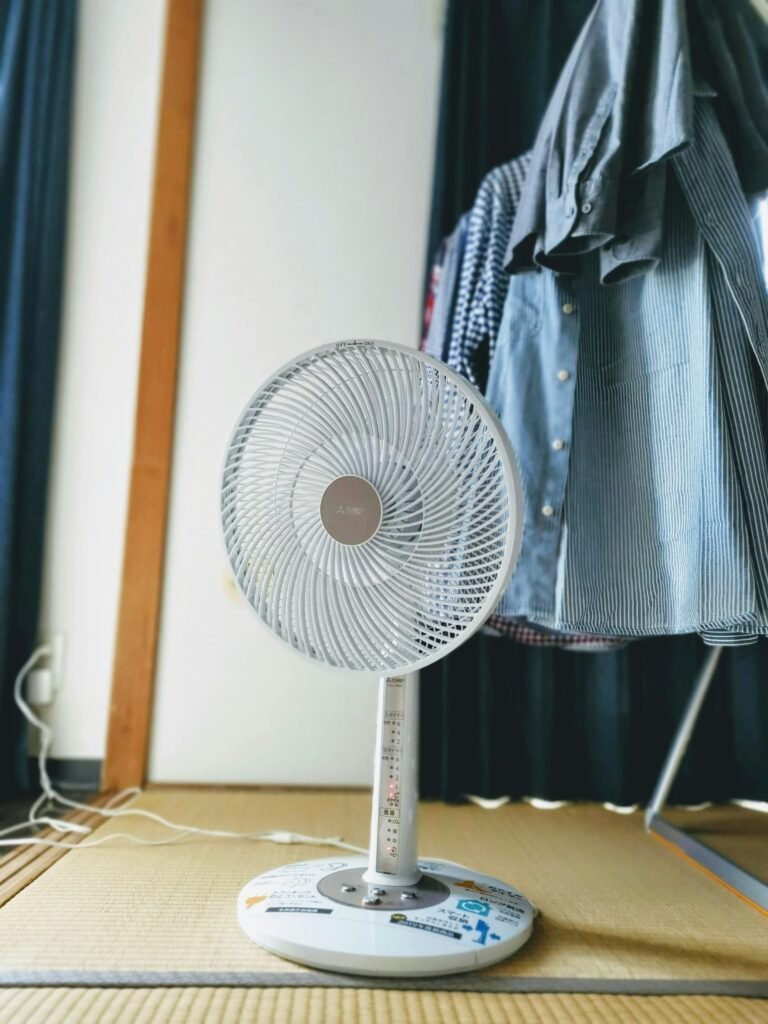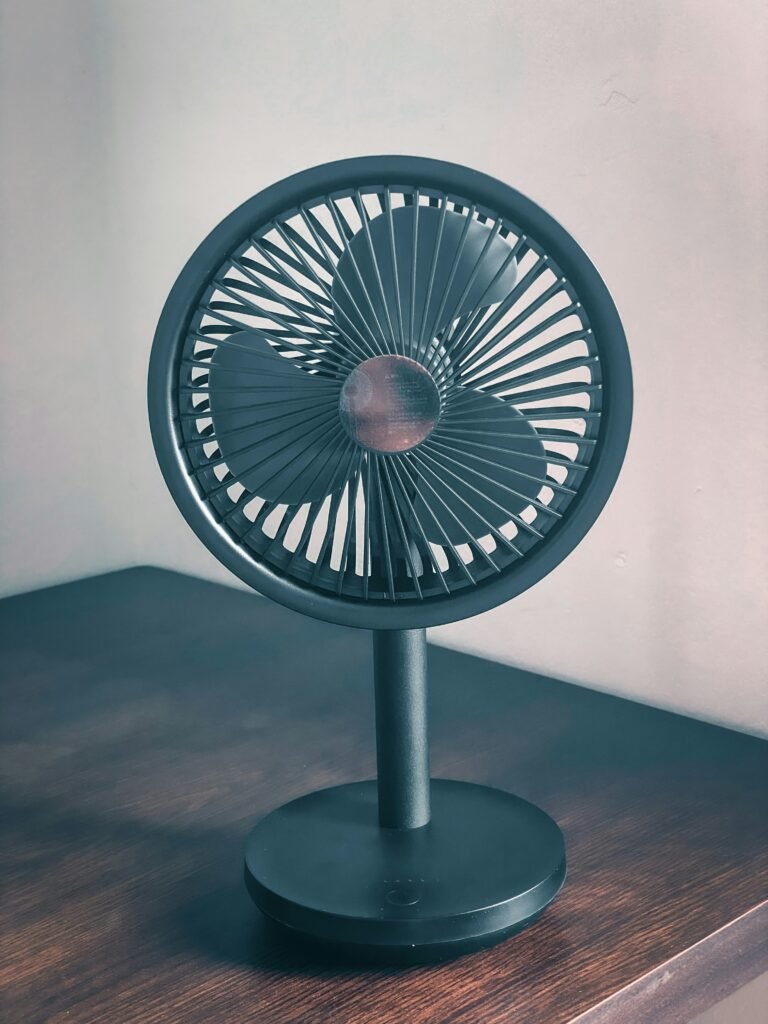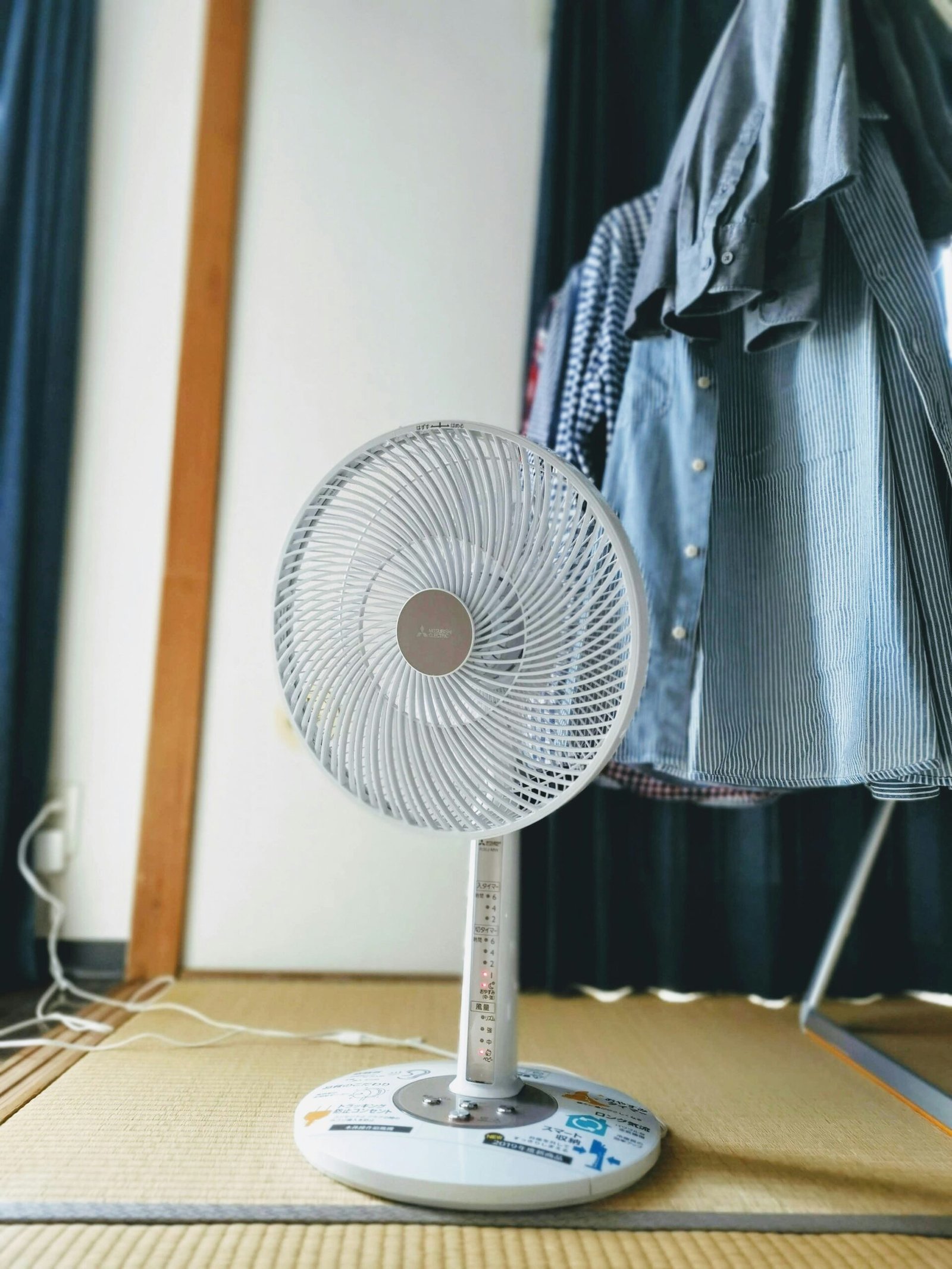Have you ever taken the plunge into an icy lake or participated in an exhilarating winter sport? If so, you probably remember that electrifying chill that wraps around you like a thick, cold blanket. But have you thought about how you warm yourself up properly afterward? It’s more crucial than you might realize!
Why Proper Rewarming is Essential
When you immerse yourself in cold water or brave the freezing outdoors, your body undergoes dramatic changes. Hypothermia and frostbite can set in, leading to serious health issues. Proper rewarming is not merely a comfort issue; it’s a safety one. Let’s break down the science behind it.
Your body relies on a stable internal temperature, typically around 98.6°F (37°C). When exposed to cold, your core temperature can plummet, causing blood vessels to constrict and moving warm blood away from your extremities. This can lead to numbness, stiffness, and severe reactions if not addressed promptly.
The Rewarming Process: Getting Started
So, what does proper rewarming look like? First, it’s crucial to act quickly. As soon as you are out of the cold, you should take steps to raise your body temperature back to safe levels. Here’s an easy plan to follow:
Step 1: Dry Off Quickly
Your first priority is to get out of wet clothes. Moisture draws heat away from the body. If you’re still in swimwear or wet outer clothing, change into something warm and dry immediately.
Step 2: Warm Drinks Matter
Heat your insides! Warm (not hot) drinks can help revive your body from the inside out. Think of herbal tea or warm water. Avoid alcohol and caffeinated beverages; they can dehydrate you or cool you down more.
Step 3: Layer Up
Think of yourself as an onion and layer up. Use multiple layers of clothing, which trap heat better than a single thick layer. Start with a moisture-wicking base layer that can keep sweat away from your skin, and finish with an insulating layer like fleece, followed by a water-resistant outer shell if necessary.
Step 4: Warm the Extremities
Your fingers and toes lose heat much faster than your core. Use gloves, socks, beanies—whatever you have. Hand warmers can also be a fantastic way to give you some quick heat in those chilly digits.
Step 5: Move Gently
Once you’re warm and dry, start moving around slowly. This helps your circulation return to normal after the shivering and constriction due to the cold. Gentle movements like stretching or walking can kickstart your blood flow.

Recognizing the Signs: When to Be Concerned
It’s vital to recognize when rewarming is necessary and when medical help is needed. Here are some signs to watch for:
| Signs | What to Look For |
|---|---|
| Mild Hypothermia | Shivering, confusion, or inability to speak can be early warning signs. |
| Moderate Hypothermia | For someone who has turned blue, is extremely lethargic, or struggles to walk. |
| Severe Hypothermia | Unconsciousness or a heart rate that slows down significantly. Medical intervention is critical at this stage. |
| Frostbite | Pale or waxy skin, numbness, or blisters on extremities are telltale signs. |
Stay alert for these signals, as they can help you determine the next steps you should take.
Advanced Techniques for Rewarming
If you often find yourself enjoying the winter wonderland, you may want to consider some advanced techniques to keep that chill at bay.
Warm Baths
Taking a warm—not hot—bath can significantly help. Add Epsom salts for additional benefits. Soak in water that is comfortably warm, as extreme temperatures can shock your system.
Use of Heating Pads or Blankets
Heating pads and blankets can provide that extra bit of warmth. Drape them over yourself or place them near your core and limbs to help speed the process along. Be cautious, though; keep heating pads on a low setting to prevent thermal burns.
Hot Showers
When you’re feeling cold, a soothing hot shower can feel heavenly. The steam will help open your pores, allowing blood to circulate flow back more easily. Just remember to avoid scalding temperatures!

Nutritional Support and Hydration
Proper rewarming isn’t just about what you wear or how you move. It also involves what you consume. Your body needs fuel to generate heat, so consider these suggestions:
Incorporate High-Calorie Foods
Once you’ve warmed up enough to eat, high-calorie foods are your friends. Think about healthy fats like avocados, nuts, and seeds, or simple carbohydrates like warm oatmeal. These can help restore energy levels.
Stay Hydrated
Hydration is key, especially in cold environments where you may not feel thirsty. Water and warm broths can aid in recovery, replenishing lost fluids and electrolytes. Have some right after your plunge!
Preparing for Your Next Plunge
To ensure a safer and more enjoyable experience in your next icy plunge, consider taking a few preventative measures.
Pre-Plunge Warm-Up
Before you jump into the water, consider doing some gentle warm-up exercises to prepare your body for the shock of cold. This can increase your circulation and may even help reduce the extent of cold shock.
Keep Essentials Handy
Always have a dry towel, warm clothing, and a hot drink ready when you finish. Consider packing a thermos with your favorite warm beverage—it’s a cozy treat that can make all the difference.
Understand Your Limits
Listen to your body; it’s whispering its limits to you! If you start feeling overly cold, or if you notice signs of severe rewarming issues after your plunge, it’s time to exit.

Rewarming After Outdoor Winter Activities
Maybe you love skiing, snowboarding, or simply frolicking in the snow. Regardless of your preferred winter activity, proper rewarming techniques will enhance your enjoyment and safety.
After Skiing or Snowboarding
Invest in base layers made of moisture-wicking fabric designed for active winter sports. Once you’re done, switch to a cozy fleece or insulation layer right away when you’re back at the lodge or vehicle.
Post-Snowshoeing or Hiking
If you’ve trekked through snow, take off any wet items immediately and change into dry socks and boots to prevent frostbite and keep your circulation happy.
Hot Cocoa Breaks
Invite that delightful sensation of warmth with a cup of hot cocoa after your adventure. It’s not only perfect for relaxation but also warms your insides nicely!
Final Thoughts: Making Safety a Priority
As you continue to embrace all that winter has to offer, keeping proper rewarming techniques in mind is key to ensuring your comfort and safety. It’s the small steps you take after the thrill of the plunge that keeps you feeling great and energized for more.
Staying warm can sometimes take effort, but being proactive in your rewarming technique can make a world of difference. So, the next time you take the plunge, remember these steps for a cozy and safe return to warmth! Your body will thank you for it.
Now that you’re equipped with these tips, go forth with confidence into the icy depths, knowing how to care for yourself once you resurface. Enjoy the chills without the spills—your comfort, health, and safety are worth it!

